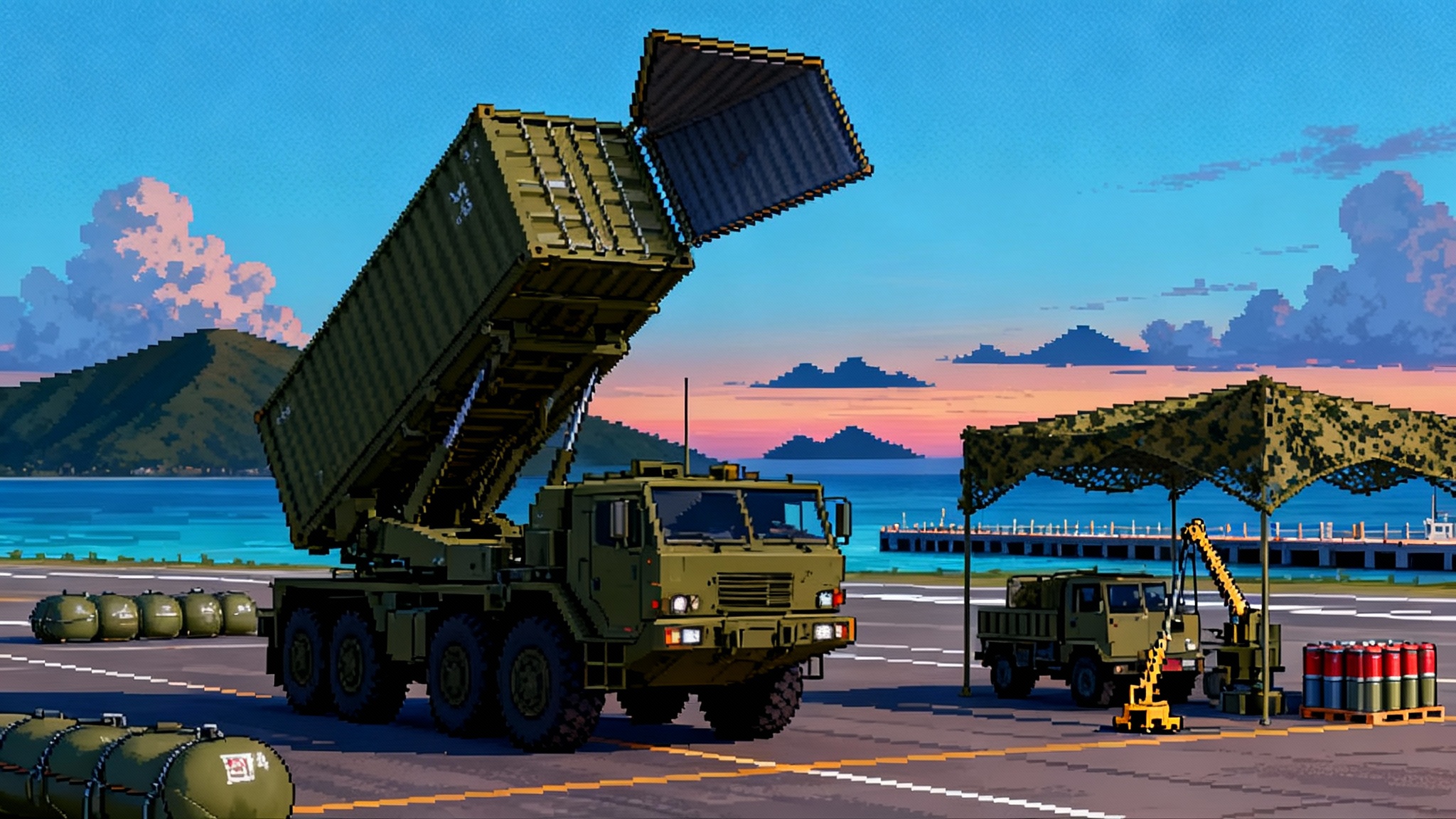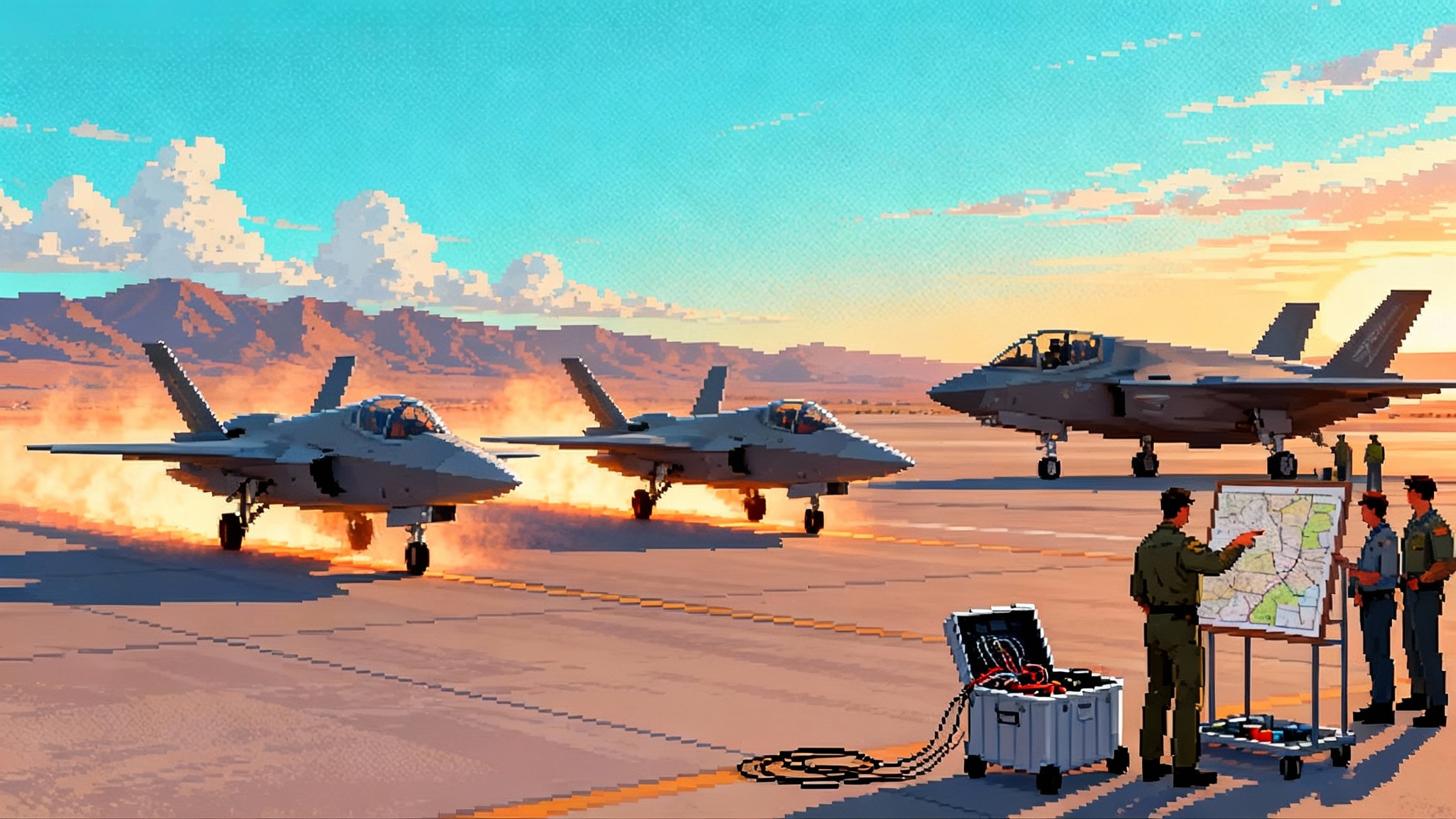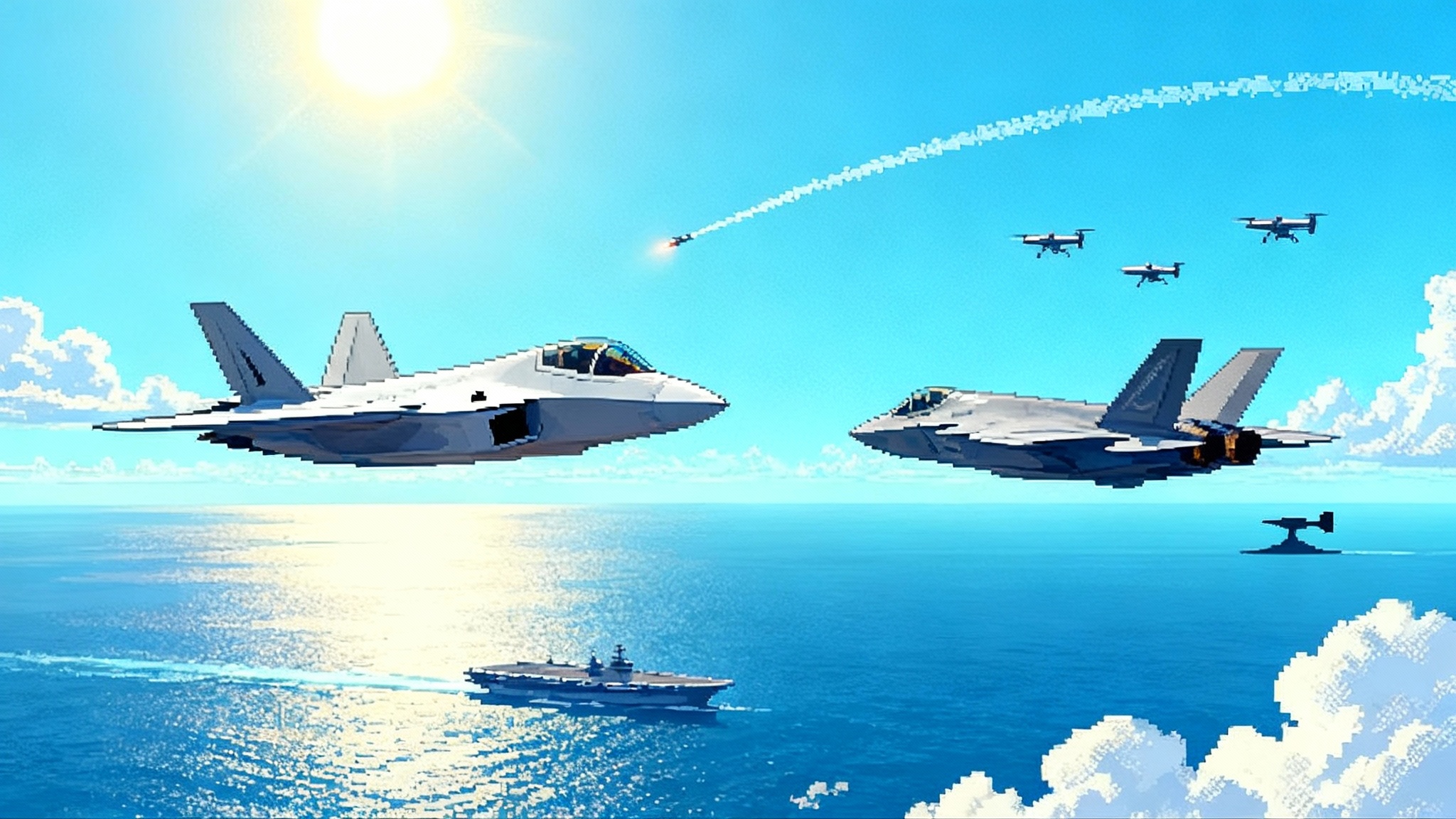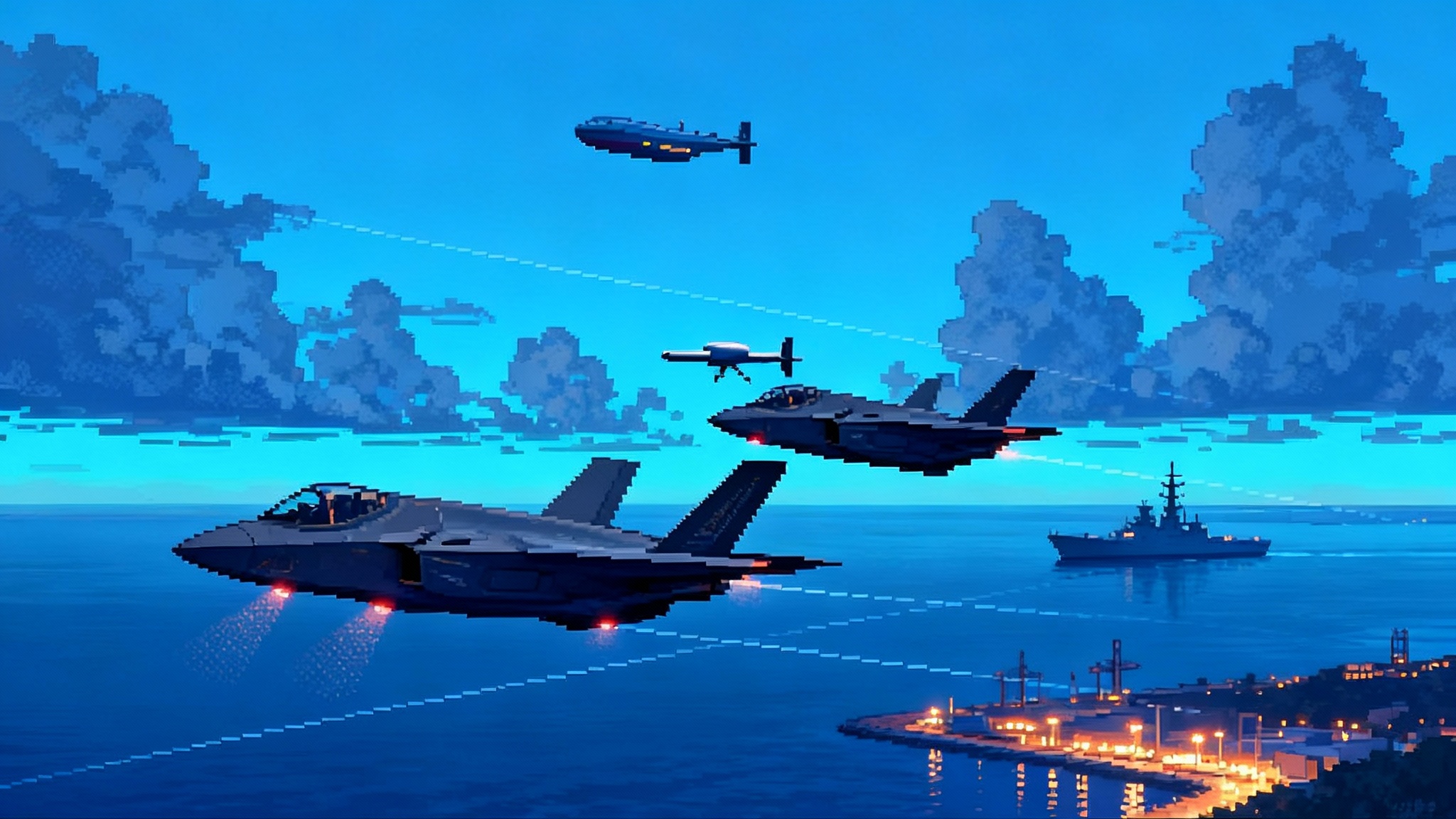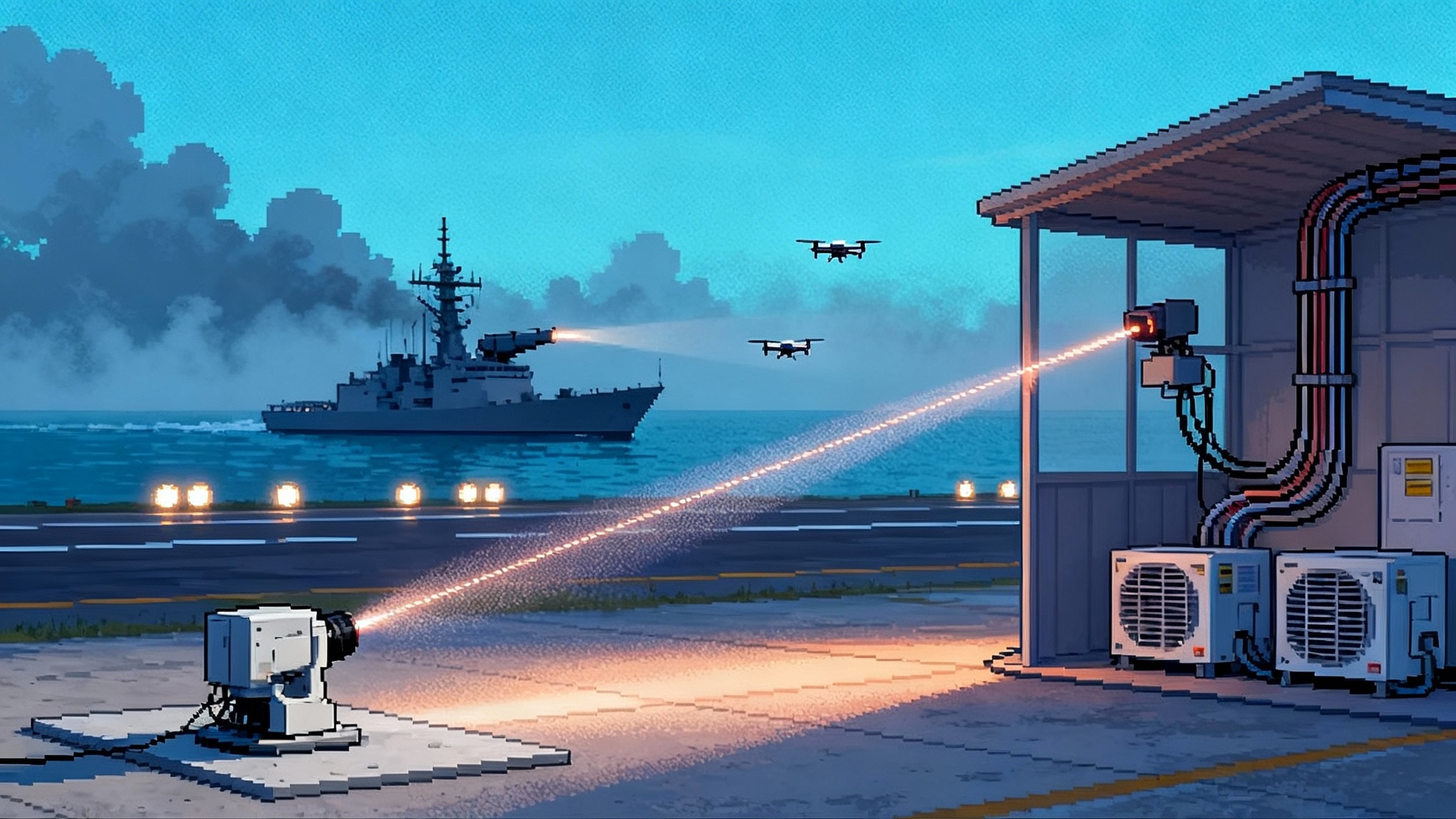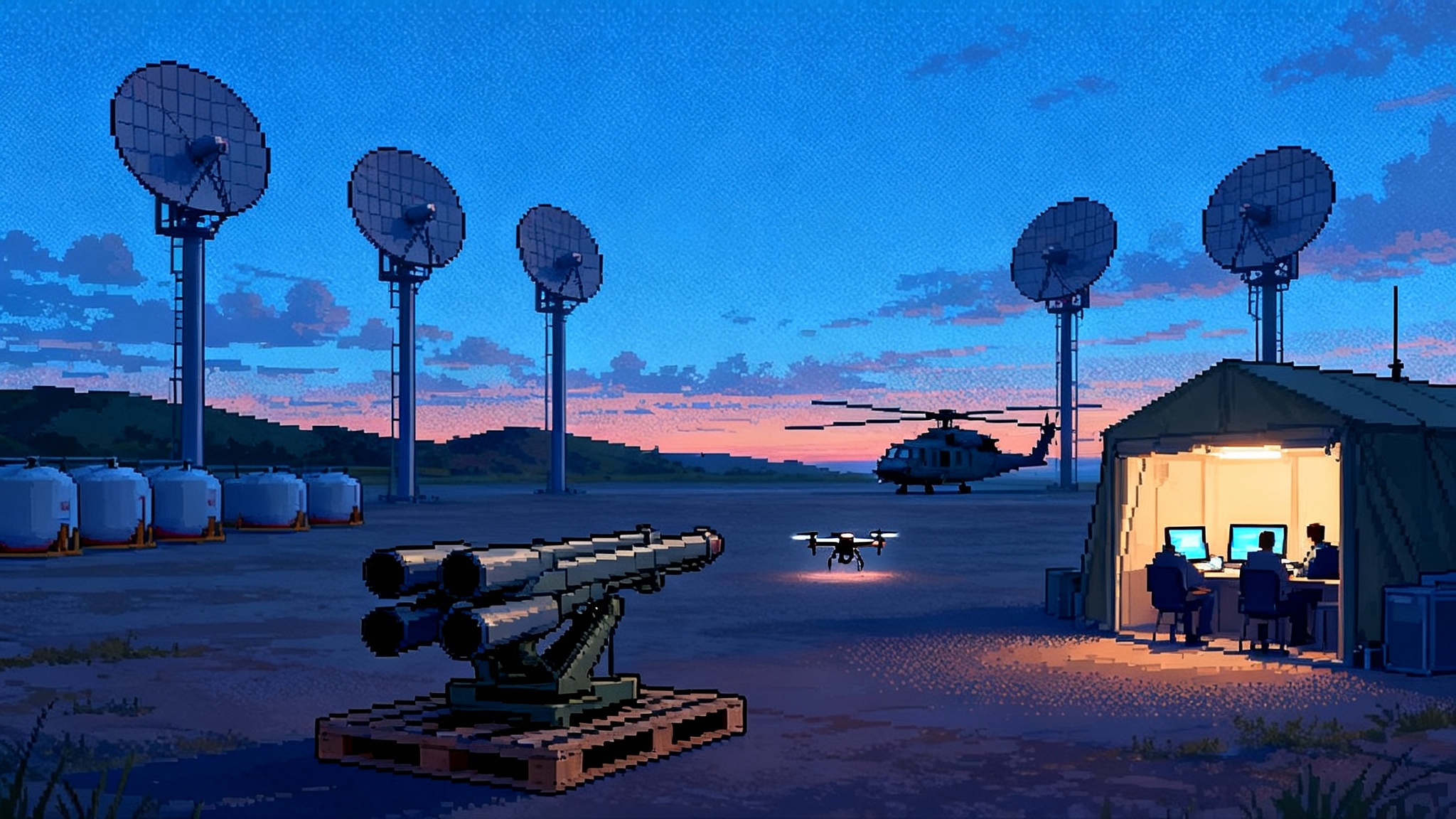LEO Kill Web Goes Live: SDA’s Constellation Rewires Defense
On September 10, 2025, the Space Development Agency began fielding its first operational constellation in low Earth orbit. Near-monthly launches now build a laser-linked backbone that compresses decision timelines and reshapes joint and allied missile defense.
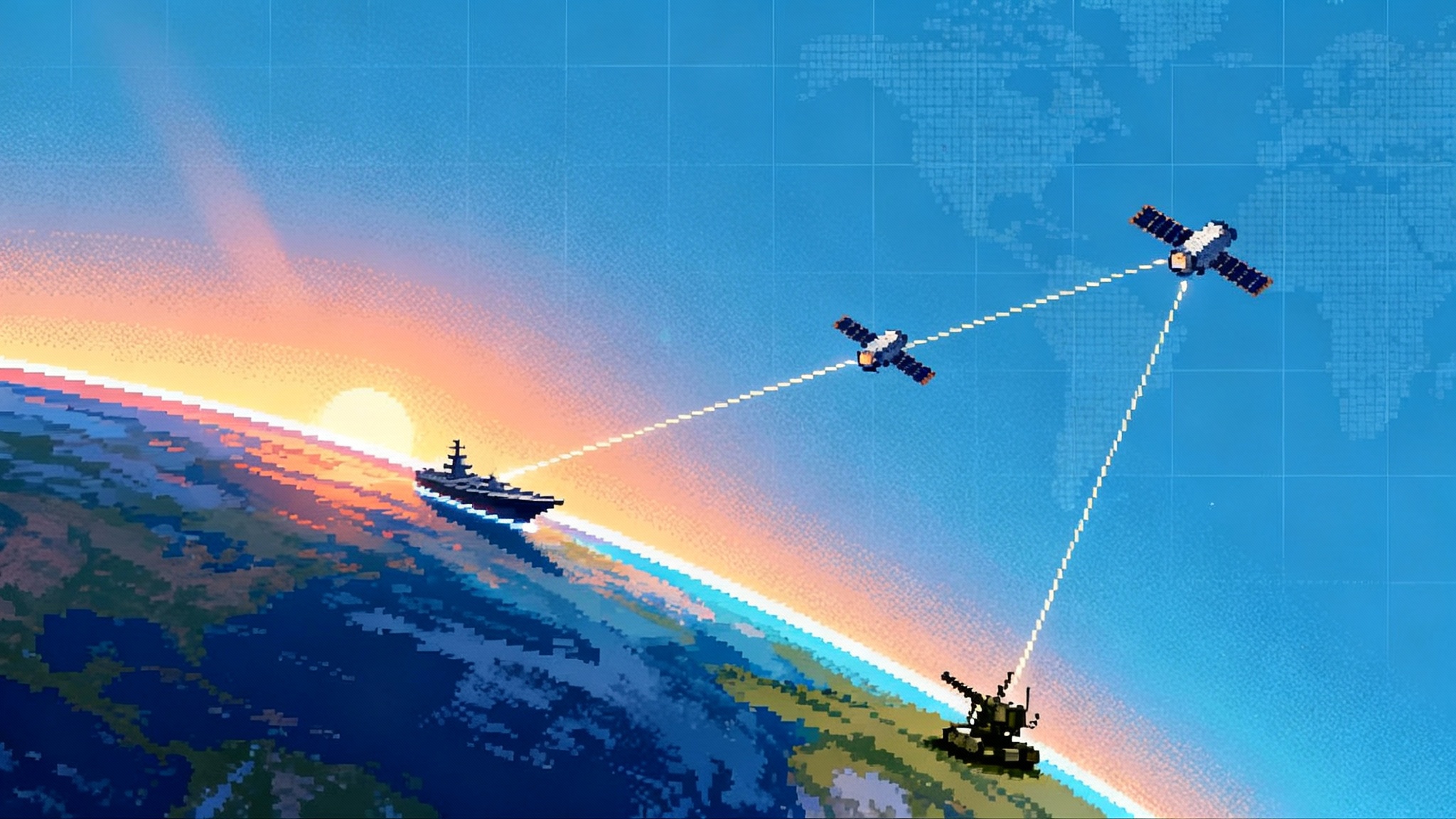
Breaking orbit, changing the fight
On September 10, 2025, a Falcon 9 lofted 21 Space Development Agency Transport Layer satellites from Vandenberg Space Force Base, marking the first operational slice of the Proliferated Warfighter Space Architecture. Space Systems Command said Tranche 1 launches will continue at roughly one per month for about nine months to build out this constellation. That cadence is not just about speed to space, it is about speed to decision. With this first wave on orbit, the Department of Defense begins turning a long discussed "kill chain" into a live, resilient kill web that moves data where it is needed, as fast as it is needed, across services and allies. SSC confirmed the launch and cadence.
This is the moment when a sprawling plan becomes a working system. The plan is simple to state and hard to execute. Put hundreds of small satellites in low Earth orbit. Link them with lasers so they pass data to one another without touching vulnerable ground nodes. Equip them to talk directly to jets, ships, air defense batteries, and mobile command posts using radios warfighters already have. Then keep refreshing the network every two years with better sensors and more capacity.
What launched and why it matters
The September mission delivered Transport Layer satellites, the backbone of the new architecture. Think of the Transport Layer as a highway in the sky that never closes for weather and never hits traffic. Satellites carry four optical terminals for laser crosslinks and radio payloads that speak both Link 16 and Ka band. That combination turns today’s patchwork of radios, line-of-sight relays, and ad hoc gateways into a global, persistent, low latency backbone.
Why low latency matters: decisions in integrated air and missile defense are measured in seconds. Legacy chains often pull data down to one ground node, route it through a series of tactical networks, and push it back up to a shooter. The Transport Layer shortcuts that. A tracking satellite can push a new track into the mesh via laser. The mesh moves that track laterally across orbit to the satellite that can reach the shooter. That satellite transmits directly to a ship through Cooperative Engagement Capability, to an F-35 through Link 16, or to an Army battery through a ground gateway like TITAN. Fewer conversions, fewer hops, fewer seams.
How the kill chain becomes a kill web
The phrase "kill chain" suggests a single pathway from sensor to shooter. The new architecture creates a web. Multiple sensors feed a common mesh. Multiple shooters listen on the same mesh. Routing is dynamic and redundant. If one satellite fails or is jammed, traffic flows around it. If a ground site goes dark, the mesh keeps moving data crosslink to crosslink until it finds a healthy downlink.
A useful metaphor is a navigation app on your phone. You ask for a route, it finds several options, then picks the fastest one and updates it in real time as traffic changes. The Transport Layer does this for targeting data. It always seeks the fastest, clearest path to a weapon or command node, and it keeps several alternatives ready if conditions change.
Two practical effects show up immediately for integrated air and missile defense. First, the time from first detection to a usable track at a weapon shortens because the path is space to space to user, not space to ground to space to ground. Second, the number of supported users increases because the network is designed to multicast and to use widely fielded radios. That means more ships, more aircraft, and more allied units can receive the same picture at nearly the same time.
Hypersonic tracking moves from demo to use
Until now, hypersonic tracking has been proven in demonstrations. Tranche 0 satellites and the Missile Defense Agency’s prototype sensors showed that space can see and maintain custody on dim, maneuvering targets. With Tranche 1, that capability begins to scale and to connect directly to warfighting networks.
Here is how it works in practice. Wide field of view infrared satellites in the Tracking Layer scan broad swaths of the atmosphere from low Earth orbit. Their sensors pick up the faint, shifting heat signatures of a hypersonic glide vehicle even as it changes course. On-orbit processing cleans the signal, assigns a track, and injects it into the laser mesh. The mesh fans that track out to the network in seconds. A Transport satellite overhead a carrier group can push an alert to the combat information center, while another Transport satellite over land can feed the Army’s battle command nerves at the same moment. Early in Tranche 1, this is a regional effect. As more satellites arrive on orbit through 2026, that regional effect expands. For broader context on timelines and doctrine, see our look at the hypersonic defense sprint.
The key is custody, not just detection. Custody means holding a continuous, confident track through maneuvers and clutter, and doing it long enough for multiple shooters to get updates as the threat moves. That is what the low altitude proliferated approach buys. More eyes, more angles, more updates.
Toward fire control quality in 2027
Today’s space tracks cue the force and tell defenders where to look. Tranche 2 aims to deliver fire control quality data from space for missile defense, which is a different bar. Fire control quality means the data are good enough to feed a weapon’s guidance solution directly, not just to cue a separate radar. The Space Development Agency has awarded three teams to build 54 Tranche 2 Tracking Layer satellites with sensors designed to produce those higher precision tracks, with launches set no later than April 2027. SDA’s Tranche 2 awards outline the fire control objective and schedule.
Why this matters for shooters: a destroyer on picket duty may not need to wait for its own radar to build the full solution. An air defense battery could receive a track of sufficient precision to begin an engagement faster, then refine as updates arrive. For hypersonic threats, where timelines are compressed and trajectories curve, that extra minute or two can be decisive.
What changes for joint and allied integrated air and missile defense
-
Navy: Aegis ships already rely on sharing tracks across the Cooperative Engagement Capability. The Transport Layer turns that regional network into a global one. A ship in the Mediterranean can see and share through a satellite overhead, and the same track can be on an Army display in Poland and an Air Force fighter display over the Gulf. The practical shift is less time spent reconciling different track IDs and more time spent deciding who shoots when.
-
Army: The Integrated Battle Command System is built to ingest many sensors and produce one fire control quality picture. Space tracks from Tranche 1 provide earlier cues and more persistent custody for fast movers and long range cruise missiles. In Tranche 2, fire control quality from space would let IBCS allocate shooters faster and at longer range, extending defended footprints.
-
Air Force: Fighters and bombers live on Link 16. The Transport Layer speaks Link 16 from space. That means a strike package can receive missile threat updates directly, without a dedicated gateway aircraft. For the Air Force’s advanced battle management push, this is the backbone that ties disparate airborne networks together without adding new radios to every tail. For platform upgrades that enable this picture, see F-35 TR-3 and Block 4.
-
Allies: Link 16 is the common thread across NATO and many Indo Pacific partners. Because the satellites can multicast, a coalition air tasking order can assign who sees what, at what latency and fidelity, and the space layer will deliver it at the same moment to multiple national formations. This helps eliminate the familiar problem where one ally has a better picture and others must wait for manual relay.
The mechanism of compression: where the seconds go
Every second in the kill chain is lost to one of three things. Discovery, processing, or delivery.
-
Discovery: The Tracking Layer improves discovery by putting many sensors close to the action. Low Earth orbit satellites move fast and look at targets from multiple angles, which helps separate clutter from threat and maintain custody when trajectories change.
-
Processing: Onboard processing turns raw infrared into track messages without waiting for a ground site. The mesh can carry raw or lightly processed data to an adjacent node that has more power to refine it. This keeps the pipeline in space until it is time to deliver to a user.
-
Delivery: Direct-to-user delivery through Link 16 and Ka band avoids bouncing through multiple terrestrial networks. The network can also pick a downlink path based on who is closest to the shooter, which is usually the fastest path.
In effect, the constellation trims small slices from each part of the problem. The total is measured in significant seconds.
What commanders and program managers can do now
-
Equip for the mesh: Units should prioritize terminals and gateways that can use Ka band and Link 16 effectively, and prepare for optical relay integration as industry field kits mature. This is not new hardware to every platform, but it is network planning that treats space as a primary backbone rather than a backup.
-
Train for multi path: Tactics should assume that multiple delivery paths exist. For example, an Army battery can get space custody tracks through its organic radio and through a nearby allied unit. Train to consume and reconcile both instead of assuming only one.
-
Exercise mission threads: Use mission thread testing to walk a hypersonic track from first detection to a joint engagement decision, with red team injects that knock out a satellite or a ground node. The value of a proliferated architecture shows up only when you force it to reroute under stress.
-
Update coalition data policies: The multicast nature of the Transport Layer makes fine grained sharing practical. Develop standing rules ahead of a crisis that define which tracks can flow to which allies, at what fidelity, and with what delay. Do not wait to negotiate this in the middle of an event.
What to watch between now and 2027
-
The monthly drumbeat: Tranche 1 launches continue with an intent to add both Transport and Tracking Layer satellites. As each plane fills, coverage extends and revisit rates improve. Watch for the inflection point when regional custody becomes persistent across two theaters at once.
-
Link 16 over U.S. airspace: Certification to operate Link 16 from space over U.S. territory remains a policy and engineering milestone. As certification resolves, more exercises can move from international waters and allied ranges into U.S. test ranges, which will accelerate tactics development.
-
Ground integration: The fastest way to scale utility is to pair the space backbone with smart ground nodes. Expect rapid progress integrating Army TITAN, Navy Cooperative Engagement Capability, and Air Force gateway pods that can translate among links. The better these translators get, the more users benefit without buying new radios.
-
Fire control demos: In the run up to Tranche 2 launches, expect a series of flight tests that prove space derived precision tracks into real weapon guidance solutions. These will start with shadow modes that compare space solutions to existing radars, then progress to space led engagements.
The industrial shift underneath
SDA’s approach breaks from classic single vendor, single bus programs. Multiple primes supply near interchangeable satellites. Optical crosslink standards force interoperability. Operations are distributed across centers at Grand Forks Air Force Base and Redstone Arsenal to build resilience. The effect is a market dynamic in military space that looks more like commercial broadband than bespoke national assets. That is how costs stay low enough to refresh every two years. For how factories are adapting, see automation in the arsenal.
The first Tranche 1 launch also shows a pattern for procurement. Variants evolve, not reset. Vendors that can deliver at scale every two years stay in the rotation. Those that cannot are replaced without stopping the overall architecture. That in turn drives suppliers to modularize payloads, automate testing, and standardize lasers and radios. The outcome is a faster learning curve for the entire industrial base.
Risks and how to reduce them
-
Spectrum risk: Space based Link 16 operates in crowded bands that touch civil systems. Mitigate by strict electromagnetic compatibility testing and by designing fallback paths through Ka band and future protected waveforms, so a temporary limitation does not strand users.
-
Cyber and counter space: A mesh is harder to kill than a hub, but it is still a target. Encrypt crosslinks by default, rotate keys often, and use behavior analytics to spot compromised nodes. Practice selective isolation so the network can quarantine a suspect satellite without losing a full plane.
-
Debris and conjunctions: Hundreds of satellites mean more maneuvers. Automate conjunction screening and plan fuel reserves accordingly. Build crosslink agility so traffic can route around a satellite during a collision avoidance maneuver.
-
Integration debt: The constellation is only as useful as the gateways and workflows on the ground. Fund software adapters and mission planning tools at the same priority as space hardware. Put user experience teams into exercise planning so operators do not drown in duplicate tracks.
The bottom line
On September 10, 2025, the Space Development Agency did more than launch satellites. It switched on a new nervous system for joint and allied defense. The Transport Layer begins to carry targeting data directly to the edge. The Tracking Layer begins to hold custody on hard targets that maneuver at extreme speed. Through 2026, monthly launches will expand that reach. In 2027, Tranche 2 aims to deliver fire control quality data that will let weapons act faster with less local sensing.
The change will not be loud. It will look like operators who see the same picture at the same time, shooters that receive better updates sooner, and commanders who can reassign fires mid flight with confidence. The kill chain becomes a kill web. The best way to get ready is simple. Equip to hear the network, train to trust it under stress, and write the rules with allies now so that, when the constellation is complete, everyone can move at the speed that space allows.
